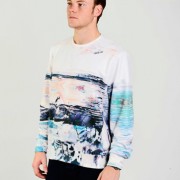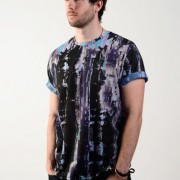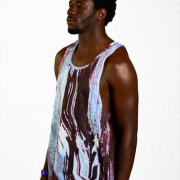As the Designer, we create the platform for emotional development. Many things determine the strength of a consumer’s connection to a product or garment, be it cultural background, a personal journey or an experience of some kind…
Today so many individuals lead such busy, fast paced lives that many aspects of day-to-day life have been forced to speed up. Contact is both constant and in many cases simultaneous; with social networking at the touch of a button, often no verbal or physical contact is necessary. This forces the question, does stepping out of the fast-paced, technology driven lives, lend us the time we need to actually get to grips with some of the experiences and meanings we lose touch with by being so digitally dependant?
One of the leading sustainability groups within the design industry is TED’s 10 and one of the 10 sections applied to considerate design is ‘designing to reduce the need to consume’. Ted Research, 2015. This approach emphasises the importance of producing products that consumers form an attachment to; products which can adapt and change with the times.
At a personal level as a designer my own relationship to sustainable textiles is growing more and more with every project I undertake and I think that every designer, in every area, should be held accountable for the waste and resources they use within their practice. Awareness of this issue isn’t something designers can avoid and we shouldn’t want to.
John Ehrenfeld has described a strategy called flourishing, whereby we use ‘material goods to engage, connect and better understand ourselves, each other and our world’ (Fletcher, 2014, pp. 147). He aims for designers to design artefacts which support ‘conscious choice and reflective competence, rather than blind consumption, producing long-lasting human satisfaction’.
.








